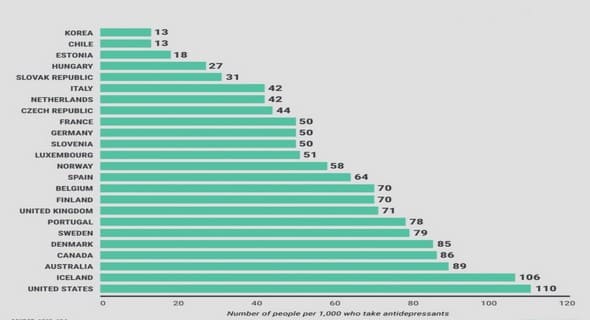(Downloads - 0)
For more info about our services contact : help@bestpfe.com
Table of contents
CHAPTER 1. INTRODUCTION
1.1 Fluids near the critical point
1.2 Behavior of the properties and critical exponents
1.3 Piston Effect: Heat transfer mechanism in near-critical fluids
1.4 Applications of near-critical fluids
1.5 Motivation and Scope of the current work
CHAPTER 2. MATHEMATICAL MODELLING
2.1 Single-phase compressible model
2.2 Phase field model
2.2.1 Basics of Phase-field approach
2.2.2 Contemporary work in phase-field modelling for fluid systems
2.2.3 Relevance to the current work
2.2.4 Mathematical description
2.2.5 Coupling to Navier-Stokes equation
2.2.6 Choice of phase-field parameter
2.2.7 Phase-field model with mass-fraction as order parameter
2.2.8 Final set of governing equations for isothermal sub-critical flow
2.3 Chapter summary
CHAPTER 3. NUMERICAL MODELLING AND VALIDATION TEST CASES
3.1 Basics of Finite Volume Method
3.2 Numerical code Thetis
3.3 Numerical model
3.3.1 Single-phase flow
3.3.2 Phase field Model
3.4 Validation of the Numerical Model
3.4.1 Single-phase model
3.4.2 Phase-field (Cahn-Hilliard) equation
3.5 Chapter Summary
CHAPTER 4. THERMO-VIBRATIONAL INSTABILITIES IN SUPERCRITICAL FLUID
4.1 Literature review
4.2 Problem Description
4.3 Comparison with experimental observations
4.4 Rayleigh-Vibrational Instabilities
4.4.1 Mechanism of Rayleigh vibrational instabilities
4.4.2 Critical Amplitude for Rayleigh vibrational instabilities
4.4.3 Analysis of wavelengths as a function of various parameters
4.4.4 Rayleigh vibrational number as a distance from critical point
4.5 Parametric instabilities
4.5.1 Mechanism of Parametric instabilities
4.5.2 Critical Amplitude for parametric instabilities
4.5.3 Effect of cell size on critical amplitude
4.5.4 Wavelength in parametric instabilities
4.6 Stability Analysis
4.7 Chapter Summary
CHAPTER 5. HEAT-SINK AND SEE-SAW EFFECTS IN RAYLEIGH-VIBRATIONAL INSTABILITIES
5.1 Sink Zones: Regions with temperature below the boundary value
5.1.1 Contemporary prior work
5.1.2 Preliminary observations
5.1.3 Features of sink-zones
5.1.4 One-dimensional analysis with both walls quenched
5.1.5 One-dimensional analysis with one side adiabatic
5.1.6 Analysis of sink-zones in two-dimensional case
5.1.7 Parameters affecting onset time of sink-zones
5.2 See-saw motion of the thermal boundary layer
5.2.1 Forced Piston Effect
5.2.2 Relative thickness of the TBL
5.2.3 Mechanism of see-saw motion of the thermal boundary layer
5.2.4 Factors affecting FPE in vibration and see-saw motion
5.3 Chapter summary
CHAPTER 6. PHASE-FIELD MODELLING IN SUB-CRITICAL FLUIDS
6.1 Spurious currents in a stagnant bubble
6.2 Transformation of elliptical bubble to circular shape
6.3 Coalescence of two liquid drops
6.4 Separation of liquid and vapor phases
6.5 Chapter Summary
CHAPTER 7. CONCLUSIONS AND PERSPECTIVES
7.1 Conclusions
7.2 Perspectives
APPENDICES
A. Propagation of a pressure wave in a 1D flow
B. Dispersion relation example
C. Error propagation equation
D. Numerical characteristics for second order central difference and implicit first order forward Euler in time numerical scheme
E. Free energy of a non-homogenous system
F. Coupling between phase-field (Cahn-Hilliard) and Navier Stokes
BIBLIOGRAPHY




